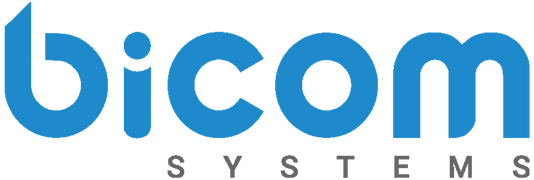Recently I had the pleasure pain of dealing with an inbound/outbound contact center. Long story short, I had to call three separate times and each time I spoke to a different agent. In the end, my problem was unresolved, leaving me more frustrated than when we began.
Reflecting on the situation, it got me thinking. If they had a decent unified communications solution for their contact center, maybe my experience would have ended differently?
Instead of blaming the agent(s) or the company, I will blame my bad experience on their communications system. Keep reading to hear how a UC solution could have solved these three real problems.

1. So Many Agents
In a large contact center, it is understandable you may not receive the same agent each time you call. When you dial the 1-800 number, you are placed in the queue until an available agent can help you.
Although the first come first serve method is quick and fair, having to repeat their problems frustrates callers. That was me, feeling frustrated as I repeated my problem to an agent. What made the situation worse, was when the agent with whom I was speaking did not work in the right department or lacked the skills to help me. They would then transfer me to another agent and I would have to explain myself again!
1.1 CRM Integration
The contact center should use a PBX system that integrates with CRMs. The agent should have inputted my information into the CRM, detailing the reason for my phone call. When another agent was working on my case, they would have the details at the click of a button.
Integrating your PBX system with a CRM will allow agents to take advantage of the CRM Call Routing feature. CRM Routing will route calls to a specific queue, agent or department based on the information provided in the CRM. This way when I called back, they would route my call to the last agent I spoke with. The agent would know my case, and I would avoid reiterating my problem.
Learn more about CRM Routing here.
2. Unorganized Agent
As mentioned above, each time I spoke to a new agent I had to reiterate my problem. But, during my last conversation with the contact center, the agent was extremely unorganized. They paused many times trying to “search” for the correct information. At one point, the agent said: “Sorry, I need to find my book with this information.”
2.2 Archiving Storage
The organization should store important information on Google Drive, Dropbox, Amazon S3 or their own FTP server. Archiving their storage will make the search and retrieval of the data exceptionally easier.
It is okay to not know EVERYTHING, and every case may be different. But this is why agents have scripts and protocols to follow. To keep things moving in a timely manner, the agents should have fast access to this information. Learn more about the benefits of archiving storage here.
3. Real-time Agent Monitoring
During my final call to the contact center, the agent would have seen it was my third time calling. The supervisor should have been warned in case the agent needed help solving my problem. When it came time to ask for the supervisor, I again had to repeat my story.
3.3 Supervisor Edition
Bicom Systems call center edition of PBXware has features like call monitor, whisper and call barge. The supervisor can use ‘call monitor’ to listen to the phone call and ‘whisper’ to talk to the agent directly. When both features are in use, the customer will be unaware. If the supervisor needs to intervene, they can use ‘call barge’ to speak directly to the agent and customer.
If the agent was working with these features, they could have identified the problem faster and provided a better experience. Implementing an effective solution for your contact center is one of the first steps to ensure your workforce is effective, successful and consistently delivering excellent customer service.
To learn more about Bicom Systems call center edition, visit our website or send our sales team an email at sales@bicomsystems.com.



